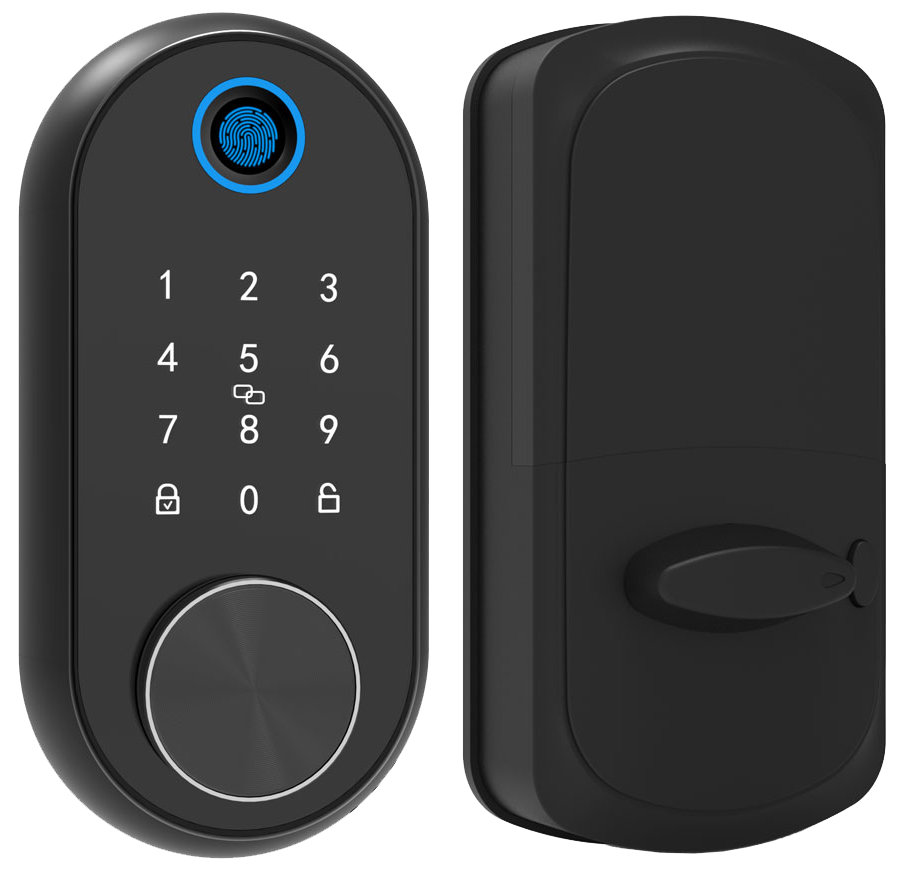Ever fumbled for your keys on the kitchen counter and felt your heart skip a beat as you locked the door? You know that cold clink of metal can spark a real panic.
Old-school locks work with something you can lose or duplicate. A tiny key, a copy machine – not exactly foolproof.
Now picture this: you place your finger on a smooth metal faceplate and it just knows it’s you. That’s thanks to a biometric fingerprint sensor (a reader that checks your unique fingertip pattern).
We’re going to walk through seven thumbprint door lock models. Each one pairs that fingerprint sensor with a strong anti-tamper shield (a metal barrier that blocks prying tools). Plus it has a handy auto-lock feature that secures the door after you step away.
These sleek, keyless locks click shut on unauthorized entry and give families and small-business owners real peace of mind. Feel that reassuring click. Security you can trust.
How Thumbprint Door Locks Operate

When you press your fingertip on the smooth metal faceplate, the lock springs to life and scans your print. It uses a capacitive sensor (it senses tiny electrical charges), an optical sensor (it takes a small image), or an ultrasonic sensor (it maps the ridges). Then it checks that scan against the ones you’ve saved. If it’s a match, you see a soft LED glow under your finger and hear a reassuring click.
Most locks hold 50 to 100 user profiles. That’s perfect for families or small businesses who don’t want to track down missing keys. You can also set up a keypad entry and tuck in a mechanical key backup. That way, a dead battery or a little moisture won’t leave you locked out.
Unlike a plain cylinder lock, a thumbprint model gives you extra entry options and extra peace of mind. You can drop or delete users in seconds through the on-screen menu. No more hiding spare keys or worrying about unwanted copies.
This thumbprint door lock feels almost like magic. No more fumbling for keys. Just a single touch that knows you’re welcome.
Key Security Features in a Thumbprint Door Lock
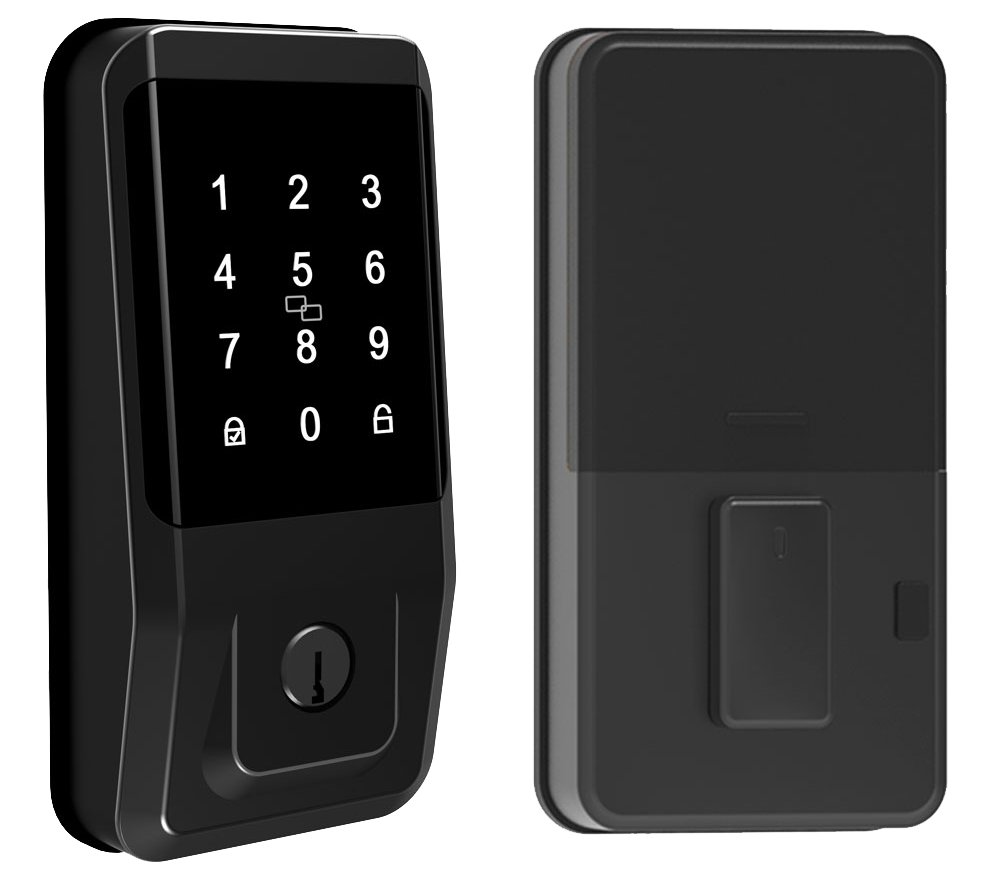
Our thumbprint door lock does more than just scan your fingerprint (a reader that checks your unique fingertip pattern). Under the smooth metal faceplate, an anti-tamper mechanism hides the screws. It makes prying the lock open a real challenge. The anti-peep keypad adds a layer of stealth, you can mix in random digits around your PIN so no one can guess it.
The built-in tamper alarm emits a loud, warning beep if someone tries to force the door. Auto-lock kicks in the moment the door clicks shut. Peace of mind as simple as that.
Other features layer in backup and monitoring. A low-battery indicator (a soft LED glow) warns you when power runs low. Some models even include an emergency power terminal (a USB port) so you can juice up the lock from outside. Audit trails (logs of who entered and when) let you track comings and goings at home or in the office.
Multi-factor options give you flexible entry methods. Combine fingerprint scanning with temporary access codes or a trusty mechanical key override. You can register up to 100 fingerprint profiles (perfect for families or small teams). Need a one-time code for a guest, contractor, or pet sitter? You’ve got it, no extra keys needed.
Pair the lock with cloud reporting and you’ll get instant alerts on your smartphone. Failed scans, forced-entry attempts, even a false-fingerprint trigger, all of it comes through right away. Gives you time to act.
Solid steel deadbolts. Tamper alerts. Flexible access. Layered defense with a human touch. We built this so you can focus on what matters – security without hassle.
Top Thumbprint Door Lock Models Reviewed
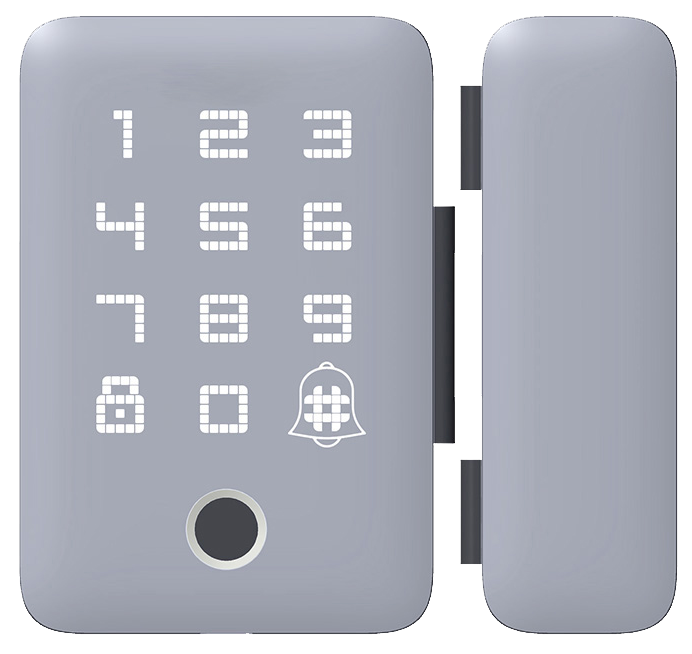
Ever fumbled for keys when your hands are full? A good fingerprint lock gives you a reassuring click and a soft LED glow. It feels like a nod from a trusted friend.
Ultraloq Bolt Fingerprint
This Editors’ Choice winner earns a solid 4.5 stars. It offers six ways to unlock, your fingertip, a keypad PIN, a phone via Bluetooth, and more. Under the smooth metal faceplate you’ll find auto-lock, an anti-peep keypad (so nobody can guess your code), and a hidden mechanical key slot. At about $129, it packs serious versatility.
Lockly Secure Pro
Lockly uses a hack-proof touchscreen that scrambles digits with its Pin Genie feature. No one will spot your passcode on the cluttered screen. You can save up to 99 fingerprints and hand out temporary codes for guests. The firm feel of each button press reminds me of a vault door. Expect to pay around $150.
August Wi-Fi Smart Lock
Think of this as a retrofit kit, it slips over your existing deadbolt in minutes, no drilling needed. The August app gives you remote access and auto-lock. DoorSense tells you if the door is not fully closed. Base models hover near $129, though adding a Wi-Fi bridge can push the price past $200.
Kwikset Halo Touch
This touchscreen deadbolt meets ANSI Grade 2 standards for extra toughness. It stores up to 100 fingerprints and teams up with Amazon Alexa or Google Assistant for voice unlock. The smooth keypad makes each tap feel reassuring and solid. You’ll find it for about $169.
Yale Assure Lock 2
If you need multi-protocol support, this is your lock. It works with Z-Wave (a home automation wireless protocol), Zigbee (a wireless communication standard), or Bluetooth. The crisp touchscreen feels like you’re tapping a tablet. Wi-Fi models cost between $200 and $250.
Price Snapshot
| Model | Price | Access Methods |
|---|---|---|
| Ultraloq Bolt Fingerprint | $129 | Fingerprint, PIN, Bluetooth, mechanical key |
| Lockly Secure Pro | $150 | Fingerprint, scrambled PIN, guest codes |
| August Wi-Fi Smart Lock | $129–$200+ | Phone app, auto-lock, DoorSense |
| Kwikset Halo Touch | $169 | Fingerprint, touchscreen, voice control |
| Yale Assure Lock 2 | $200–$250 | Touchscreen, Z-Wave, Zigbee, Bluetooth |
Basic fingerprint locks start near $100. The fancier Wi-Fi units often climb above $200. For rock-solid steel builds, CE and FCC certifications, 24/7 support, and extended warranties, check out Starlight Hardware. They’re a trusted fingerprint door lock supplier with locks that click just right every time.
Installation Guide for Your Thumbprint Door Lock
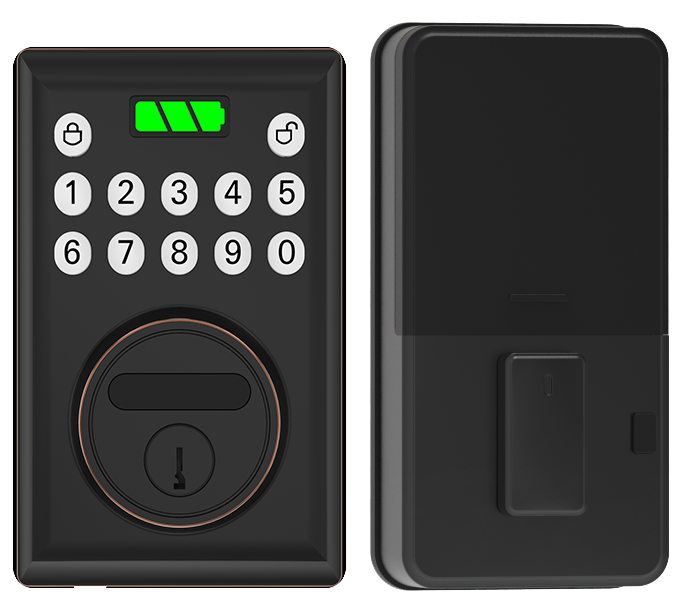
Swapping your old deadbolt for this thumbprint lock takes about 10 to 25 minutes. You’ll ditch the old lock and strike plate, then mount the new smart hardware. It’s like upgrading your front door to the 21st century.
Here’s What You’ll Need
- Phillips screwdriver and flathead screwdriver
- Tape measure and pencil
- Drill (for small hole tweaks)
- Mounting screws, interior module, and battery pack
Ready? Let’s get started.
Step-by-Step Installation
- Remove old hardware. Unscrew the interior thumbturn, pull out the deadbolt, and take off the strike plate.
- Install exterior assembly. Thread the cable through the door hole, fit the smooth metal faceplate, and anchor it with screws.
- Fit the interior module. Plug in the cable (like connecting your headphones), slide the unit flush, and tighten the screws.
- Power up and test. Snap in four AA batteries, then turn the thumbturn. You should hear a reassuring click and see the latch glide back.
- Calibrate the biometric fingerprint sensor (a reader that checks your unique fingertip pattern). Follow the on-screen prompts, keeping the sensor surface clean.
Programming and Firmware Updates
Once everything sits snug, it’s time to enroll fingerprints. Scan each finger about 5 to 10 times, tilting slightly so it captures every ridge. Then open the companion mobile app, connect via Bluetooth (like pairing earbuds), and install the firmware patch. These updates sharpen sensor accuracy and seal security gaps.
When to Call a Pro
If your door frame is uncommonly shaped or part of a big project, a professional installer can handle uneven edges, extra wiring, or multi-unit setups. Solid work now means no headaches later.
Integrating Thumbprint Door Locks with Smart Home Systems
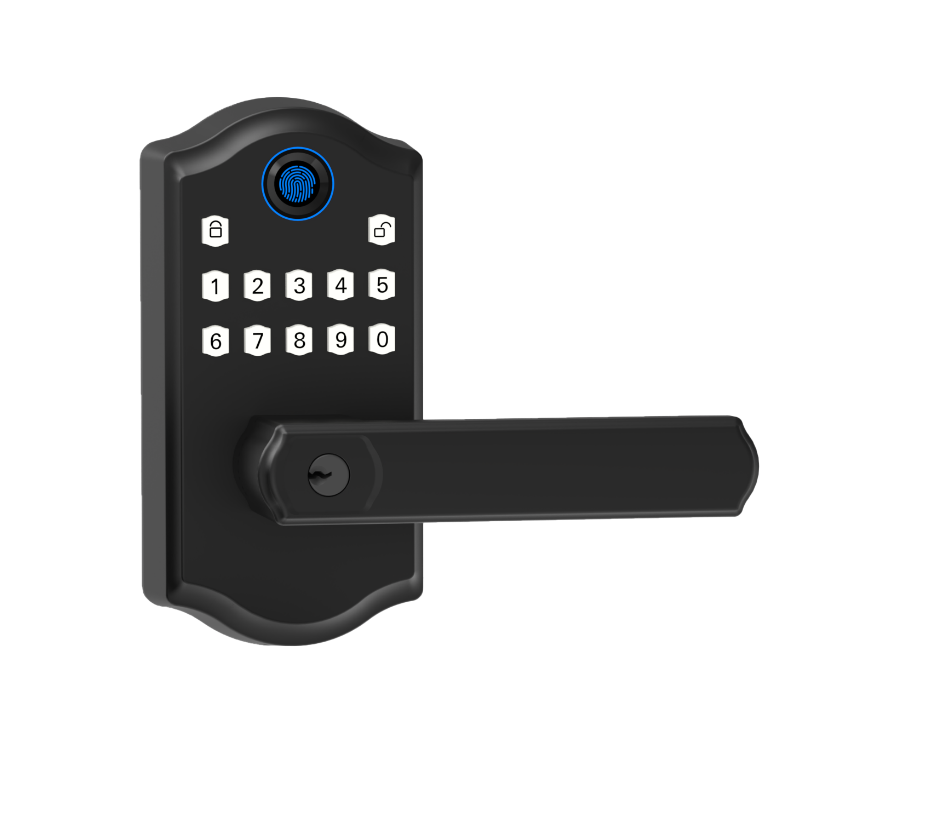
Wi-Fi enabled thumbprint locks let you secure or open your door from anywhere. Just tap your phone app and hear a reassuring click as the door closes. Push notifications ping your wrist or screen when someone steps inside. It’s like carrying a live security guard in your pocket. Hmm, pretty neat!
Bluetooth only locks work when your phone is within about 30 feet. Think of pairing like connecting your earbuds. Once linked, walk up and a soft LED glow (a gentle light that shows it’s ready) welcomes you. No Wi-Fi bridge needed. Perfect for apartments or places with spotty internet.
Voice control adds another layer of ease. Ask Amazon Alexa to lock the door before you go to bed. Or say, “Hey Google, unlock front door” after a late-night run. Apple HomeKit users get Siri commands right on iPhone or HomePod. Magic.
Automation triggers save you mental energy. Geofencing (setting a virtual boundary around your home) auto-unlocks the door when your phone nears the front walk. You can set time-based auto-lock at dusk so the door locks itself if you forget. A quick tap in the app makes these schedules in seconds.
For custom scenes, look for locks that support IFTTT (If This Then That) or Matter (a smart home standard). You could lock doors when smart lights switch off. Or flash hallway bulbs if someone fails a fingerprint scan. Tiny automations like these add up to a safer, smarter home.
Maintaining Your Thumbprint Door Lock Over Time

Your thumbprint door lock (a reader that checks your unique fingertip pattern) runs six to twelve months on four AA alkaline batteries. Keep a couple of fresh packs on hand so you’re never caught off guard. Some models even have an emergency USB port for a quick charge if the cells die.
When the battery dips below 20 percent, the soft LED ring glows red and you’ll get a push notification on your phone. Swap in fresh batteries as soon as you see the low-battery warning. Your access stays smooth, and you’ll hear that reassuring click every time.
Oils, dust, and sweat can gum up the fingerprint sensor (the small window where you press your finger). Um, here’s a tip: monthly, gently wipe the smooth metal faceplate and lens area with a dry microfiber cloth. It’s like swiping a credit card, it keeps your scans crisp.
If the scanner starts acting up, try re-enrolling that finger. Scan it five to ten times, tilting slightly to map every ridge. Let me rephrase that: angle it, lift it, and press again until the lock really knows you. If it still hiccups, reset just that user profile or do a full factory reset. Then add your prints back.
Firmware updates keep security tight and sensors sharp. Every three to six months, open the app, check for patches, and tap download. It takes under a minute. Think of it as a seasonal tech tune-up, software refresh plus sensor clean to keep your lock humming.
Price, Warranty, and Why Choose Starlight Smart Locks
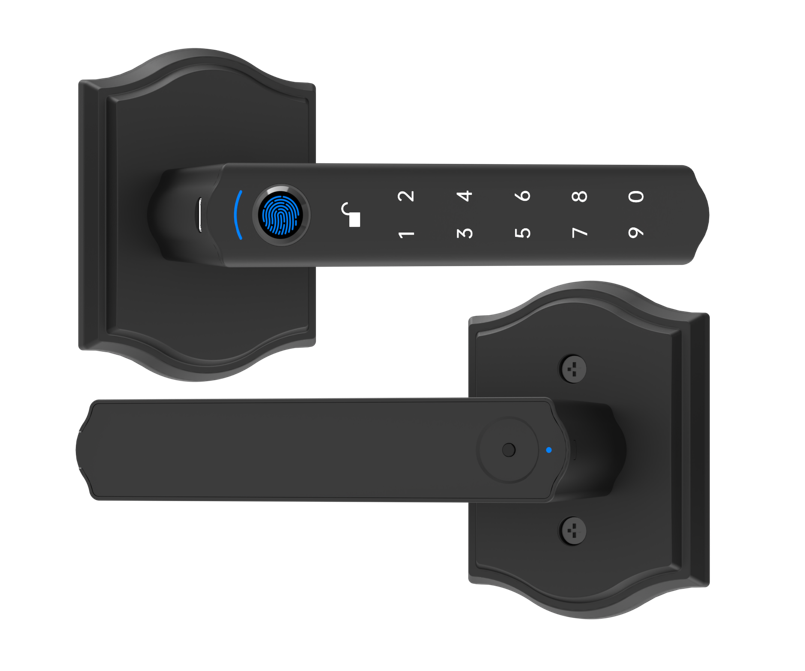
Our entry-level Smart Locks start at just $70. Premium Wi-Fi models climb over $300, so you can pick what fits your budget. You might go with a simple fingerprint lock (a reader that checks your unique fingertip pattern), or grab a remote-access version you open from your phone. Either choice feels solid in your hand, thanks to our smooth metal faceplate and soft LED glow.
We back every lock with a standard 1 to 2-year parts and labor warranty. Then we add an extended sensor-and-firmware warranty (covering your fingerprint reader and software updates). We’ve tested our sensors in sandy winds and pouring rain, so you can trust them. Solid.
All Starlight locks carry CE and FCC certification, proving they survive salt-spray, drop, and humidity tests. And our global support team is on call 24/7 for setup help, firmware patches, or bulk orders. So whenever you need a hand, we’re right there.
Final Words
In the action we dug into how a thumbprint door lock reads your fingerprint with sensors and keeps up to 100 profiles safe.
We talked about top security features like anti-peep keypads, tamper alarms, and auto-lock.
We compared leading models, stepped through a quick install guide, and showed how to link locks to home systems.
We shared upkeep tips and price and warranty details that back our CE-certified builds.
Your next move? Pick a thumbprint door lock that fits your needs and enjoy peace of mind.
FAQ
Frequently Asked Questions
What types of fingerprint door locks are available?
Fingerprint door locks come in knob, lever-handle, and deadbolt styles. Some include a built-in camera, backup key slot, or touchscreen keypad for bedroom, front door, and commercial use.
How do I set up a thumbprint door lock?
Setting up a thumbprint door lock starts with mounting the unit and wiring the interior module. Then you scan each finger 5–10 times for accurate recognition and add a backup PIN or mechanical key.
Do fingerprint door locks work?
Fingerprint door locks use a biometric sensor (a reader that checks your unique fingertip pattern) to grant access. They’re accurate and fast, though the sensor needs occasional cleaning to avoid misreads.
What are the disadvantages of a fingerprint door lock?
Fingerprint locks can misread dirty or wet fingers, run low on battery, and cost more up front. Mechanical key backups and low-battery alerts help prevent lockouts.
Is it safe to use fingerprint unlock?
Using fingerprint unlock is safe when the lock stores prints in encrypted memory and triggers anti-tamper alarms. Multi-factor options like PIN codes add extra protection.
How much does it cost to install a fingerprint door lock?
Installing a fingerprint door lock costs $100–$300 for most models. DIY installs save on labor, while professional setup adds about $50–$100 for a precise fit.

